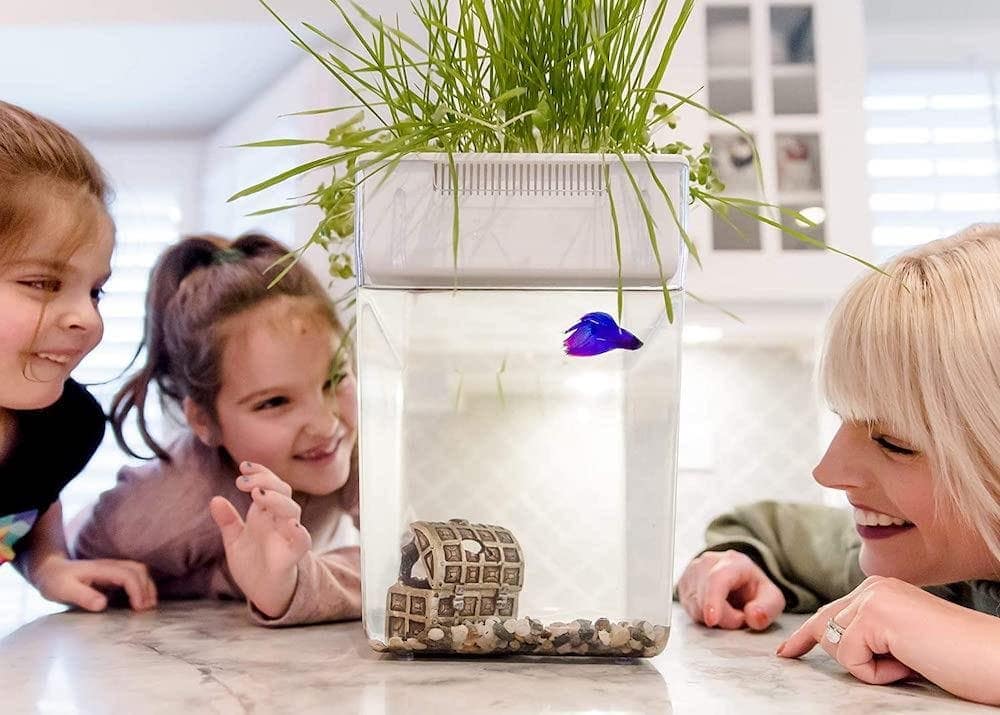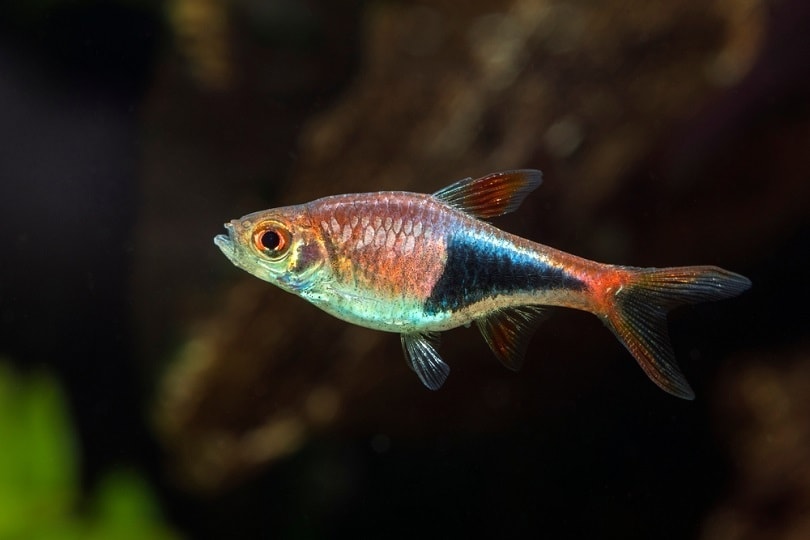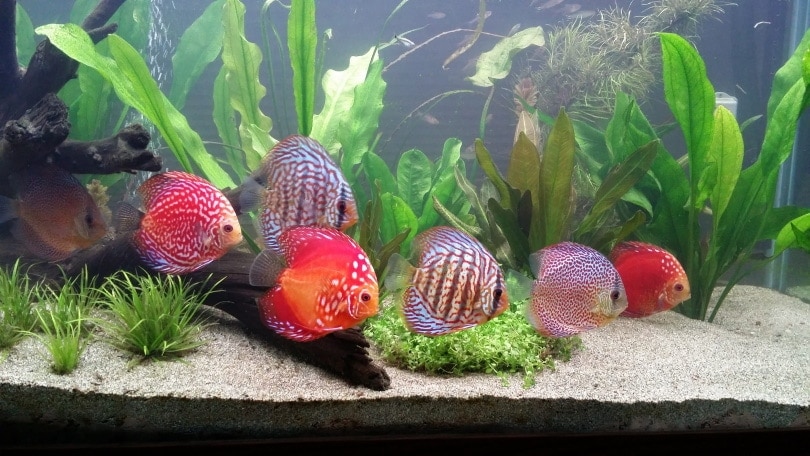Dwarf Hairgrass Aquarium Plant: Care, Planting & Propagation (with Pictures)

Updated on
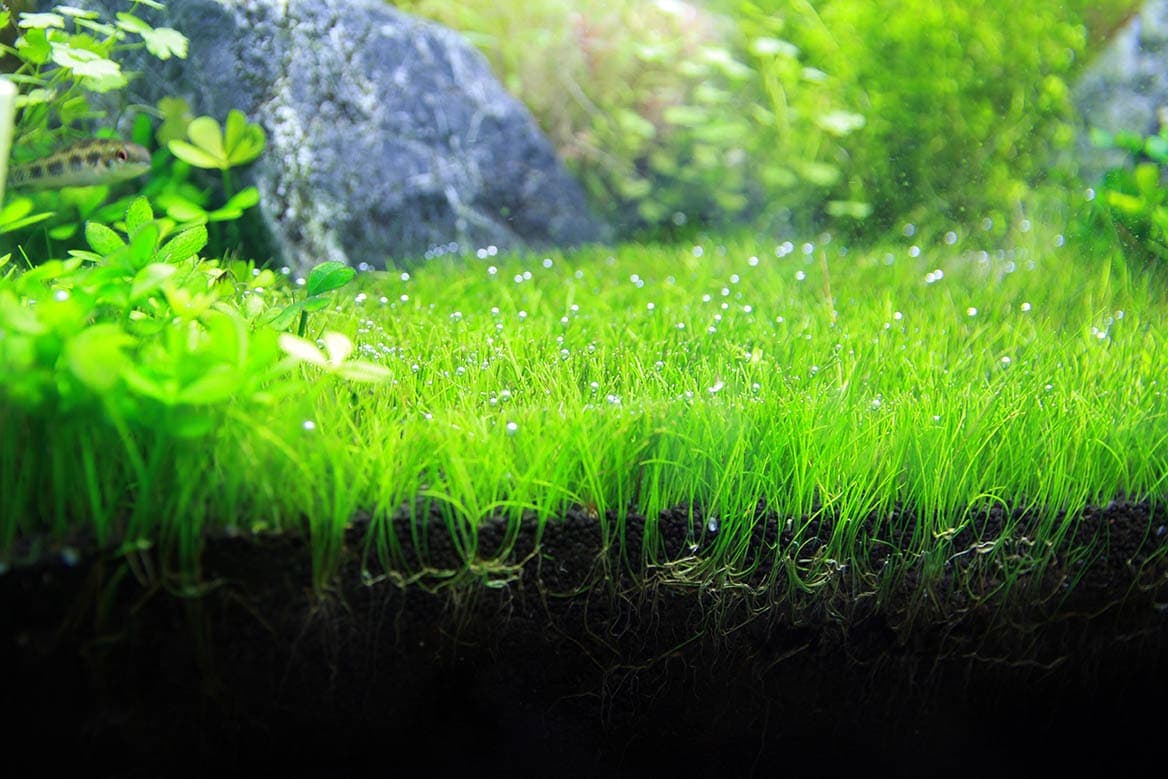
Did you know that you can also set up a beautiful lawn in your aquarium? Well, dwarf hairgrass is a perfect plant to consider when you want a carpet-like tank setting. The stress most newbie aquarists face is when choosing the best aquarium plants for their new hobby.
Dwarf hairgrass is used as a bottom field across the aquarium. It is a green-like plant that oxygenates the aquarium, acts as a shelter for low-lying fish, and removes pollutants.
If you are a new aquarist, dwarf hairgrass can be a great choice because it is easily adaptable and easy to manage if you put in the effort required.
Read on to learn more about dwarf hairgrass, how to care for it, and more.
Quick Facts About Dwarf Hairgrass
Here are some quick facts about the Dwarf hairgrass, a plant species of the aquarium world:
| Species name | Eleocharis Parvula, eleocharis acicularies |
| Family | Cyperaceae |
| Care level | intermediate |
| Temperature | 50–85 F |
| Color | Green |
| Lifespan | 1–2 years |
| Size | 4–6 inches tall |
| Minimum tank size | 10 gallons |
| Compatibility | Non-digging fish, invertebrates |
Dwarf Hairgrass Overview
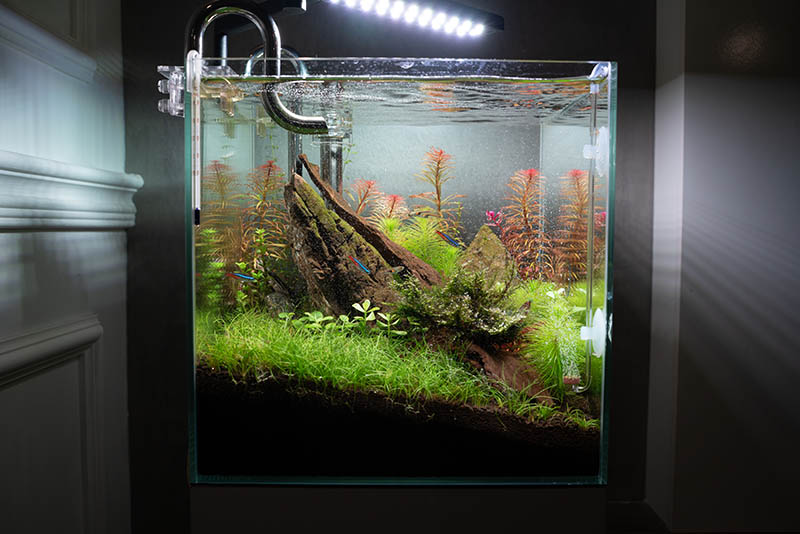
Dwarf hairgrass is an aquarium plant distributed almost across the globe. It grows in tropical, temperate, and subtropical places which excludes Africa.
It naturally grows along slow-moving rivers, on the edges, and such rivers’ banks. You can also find them growing in marshes, ponds, and swamps where there is considerable exposure to light.
Dwarf hairgrass has two main species, Eleocharis Parvula and Eleocharis Acicularies.
The E. Parvula is a bit lighter in color, but the color deepens with good lighting. It is found in salt marshes in brackish pools and estuaries. E. Acicularies, on the other hand, grows in freshwaters and is also deep green.
The deep green color of dwarf hairgrass can be maintained by sufficient lighting and good maintenance.
As the name indicates, this plant has a short stature but is very sturdy. The plant is also fast growing which means that you can plant it, and in a short time, it will have filled the whole tank. It is used as a carpet for most aquariums.
Dwarf hairgrass, like most aquarium plants, helps to oxygenate the whole tank, thus giving the animal life in the tank a healthy stay. Moreover, the plant helps to filter out some waste in your tank.
How Much Does Dwarf Hairgrass Cost?
Due to its popularity, dwarf hairgrass is always in demand, and you can find it in any of the aquarium shops near you. It is cheap, and you can buy it for as low as $5–$10 for a clump. You will find that the clumps are sold in pots, and a small of wool is wrapped around the roots.
Just because it is cheap doesn’t mean that you should just take the clump handed out to you. Instead, be sure to choose a healthy plant to grow well and last a long time in your aquarium tank.
Growth
If you are growing Dwarf hairgrass using its seeds, you can expect to see it grow in about a week or two. This shows how fast the plant grows. Due to its dwarf characteristic, this plant can never grow tall.
It will also depend on how much light you are exposing it to have a brighter color. The more the light, the brighter this plant becomes. The younger shoots of this plant are mostly darker in color, but with time and the amount of light you expose them to, they become brighter.
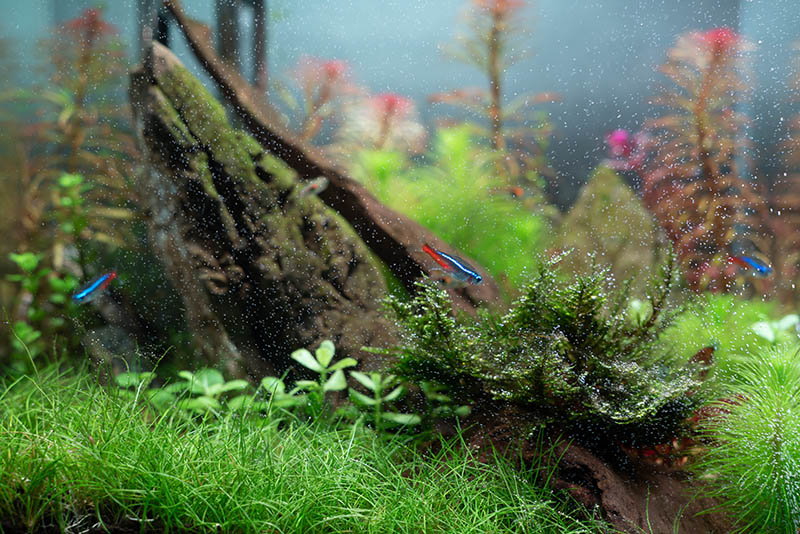
Appearance & Varieties
This plant appears to be just like the grass you see in a yard but stringy. It also has a curly look when fully grown, where the full growth rate will be at 6 inches long. If you expose it to enough light, the plant becomes lighter in color, giving your tank an aesthetic look.
The roots of this plant are white and thin, but once you plant them, you will rarely see them since they will stay at the substrate. Compared to other aquarium grasses, dwarf hairgrass is a perfect choice for a carpet for the base of your tank since it does not grow tall.
The thin blades become so dense that they are a good base carpet for your aquarium tank. Apart from this, the dense blades also enrich the color making the carpet look more beautiful. Under aquarium lights, this green color becomes even more beautiful making your aquarium a sight to behold.
As earlier mentioned, these strands do not grow more than 6 inches long, so when they reach a 4–6-inch length, they adopt a curly look. They are then swayed by the current in the tank and gently pulled, which makes the animal life in your tank more excited.
However, the curly ends may take over a brown tinge, so take note of this so that you don’t think that there is something wrong with your plant. This, however, takes place when the plant is fully grown and has become curly.
If you notice that your plant has taken over a faded brown color even though it is not fully grown, there must be a problem with it. Both the E. Parvula and E. Acicularies are similar in appearance, except that the E. Parvula is shorter. It also has a deep green color when compared to the E. Acicularies species variety.
How to Take Care of Dwarf Hairgrass
For anything to last long and maintain its beautiful nature, you will have to spend your time, effort, and sometimes money to maintain it. However, with the Dwarf hairgrass, you do not have to spend hours and lots of cash on maintaining it since it is easy to maintain.
Here is how you can take care of your dwarf hairgrass:
- Light: Keep the tank always lighted up if you want to maintain the bright green color of your aquarium. As we have learned, the more the light, the brighter the color of the dwarf hairgrass.
- Other Plants: Algae and dwarf hairgrass cannot coexist, so if you notice some algae in your tank, then you should be sure to try and get rid of them. You can try to adjust the light in the aquarium because too much lighting may encourage their growth. Increase water changes, and also, you can consider bringing in animals that eat algae.
- Filtration: Ensure that the water in the tank is always fresh, whether by filtration or by changing the water regularly.
- Substrate: Consider planting the plant in a soft substrate that enables the roots to grow through the grains without damaging them.
- Water Quality and Conditions: Water PH around the dwarf hairgrass should always be neutral. The right PH should be anywhere 6.5–7.5. The water temperatures should be 50–85 F.
- Tank Size: Dwarf hairgrass can ideally thrive on any tank size, but the most recommended tank size is 10 gallons.
Are Dwarf Hairgrass Good Tank Mates?
Because of its stringy blades and very thin character, most fish species and other tank inhabitants do not find the plant palatable. Therefore, you should not worry about the plant being eaten by fish or other tank inhabitants. However, some types of fish, especially the hostile diggers and the plant eaters, will not hesitate to tear them up.
In general, it would be safe to say that the dwarf hairgrass is a good tank mate because it can live with most fish species. However, you should avoid placing these fish species in the same tank as dwarf hair grass.
- Rainbows
- Oscars
- Clown loaches
- Jack Dempsey
- Goldfish
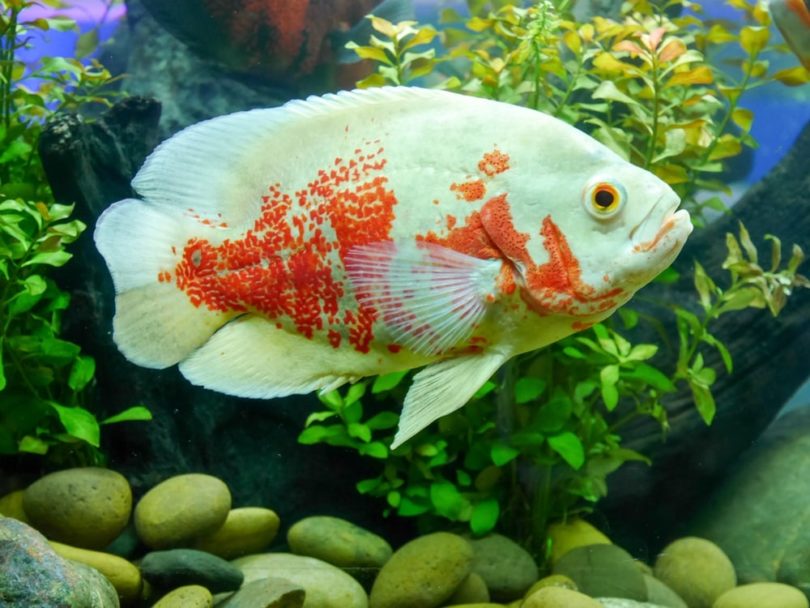
What to Feed Your Dwarf Hairgrass
For the healthy growth of the dwarf hair grass, a great deal of CO2 and nutrients is required. An injection of CO2 is essential for the dense growth of the plant and the green coloration of the plant.
However, you need to know that too much lighting and too much CO2 will encourage algae, so it is important to strike a good balance between the two. Root tabs and liquid fertilizers are a good combination of nutrients that you can give to your dwarf hairgrass.
You only need to put these nutrients in the water column and leave the dwarf hairgrass to do the rest.
Keeping Your Dwarf Hairgrass Healthy
As we have mentioned, dwarf hairgrass needs only touch your maintenance routine, and it will be healthy. Consider trimming your dwarf hairgrass from time to time to maintain its horizontal and dense growth.
Apart from trimming, make sure that the tank has enough light to enhance the beautiful color of your dwarf hairgrass. Also, you should balance the amount of light and the amount of CO2 in your tank to avoid the growth of algae in the tank.
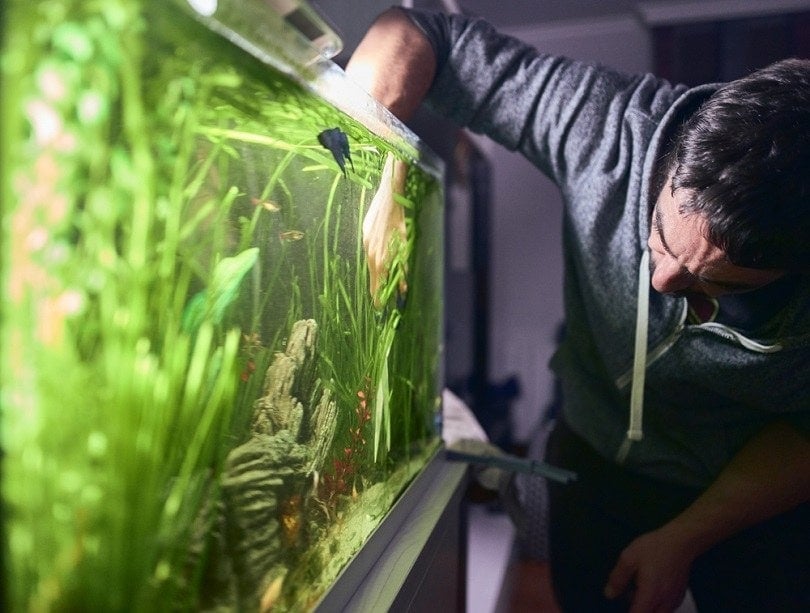
In addition, add up to the nutrients in the tank to keep the dwarf hairgrass healthy. As stated above, carefully choose the type of animals to lets in your tank with dwarf hairgrass. Avoid plant-eating fish and diggers since they will destroy the plant in the tank by eating and digging through them.
Propagation
To grow this lawn on your tank, all you must do first is to remove the plant from its pot and separate them from its wooly prison. This is a lengthy process, and you may also have to use tweezers to separate the plant strands.
Choose a coarse substrate like sand to allow the roots of the dwarf hairgrass to penetrate through it. Now carefully plant the strands into the sand and let the plant grow. Don’t worry if you feel like your plants look a little sad; it’s only after a short time that you will see the dense and beautiful look of your work.
Is Dwarf Hairgrass Suitable for Your Aquarium?
Beyond the regular trimming of the plant, dwarf hairgrass only requires minimal maintenance. Therefore, anyone can easily look after the plant because it is also hardy and easily adaptable. The dwarf hairgrass can also be grown in any size tank, so if you are just starting on the aquarium hobby with a little tank, you don’t need to worry about the size of the tank.
If panted correctly, the plant can properly oxygenate the whole tank and filter out some pollutants, thus making it a great plant for your aquarium animal life. It is also a good choice for when you need to create a beautiful in your aquarium. With enough lighting and enough nutrients, you will be guaranteed a beautiful view of your aquarium.
See Also:
- 5 Best Aquarium Plants For Sand Substrate
- 10 Best Aquarium Carpet Plants & Grasses – Reviews & Top Picks
Featured Image Credit: muaiyayo, Shutterstock


